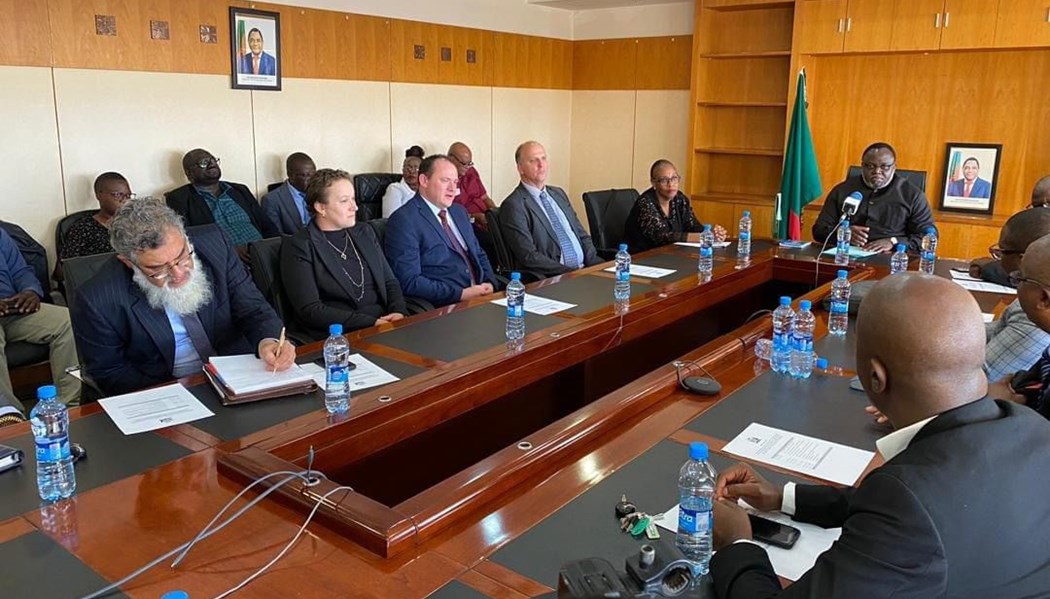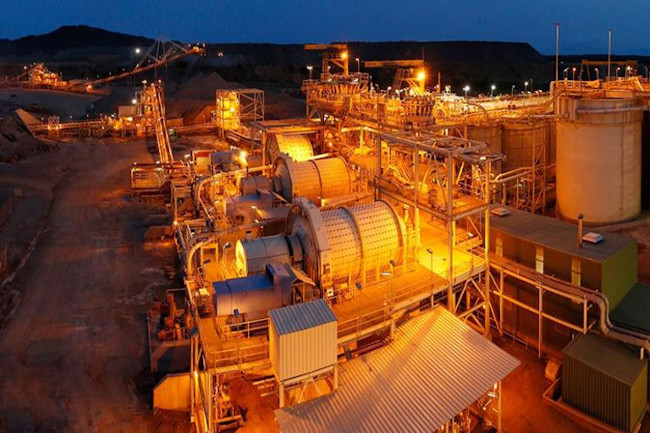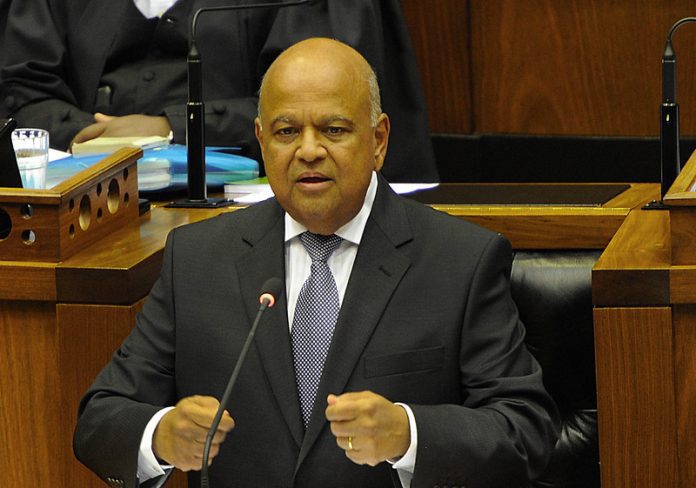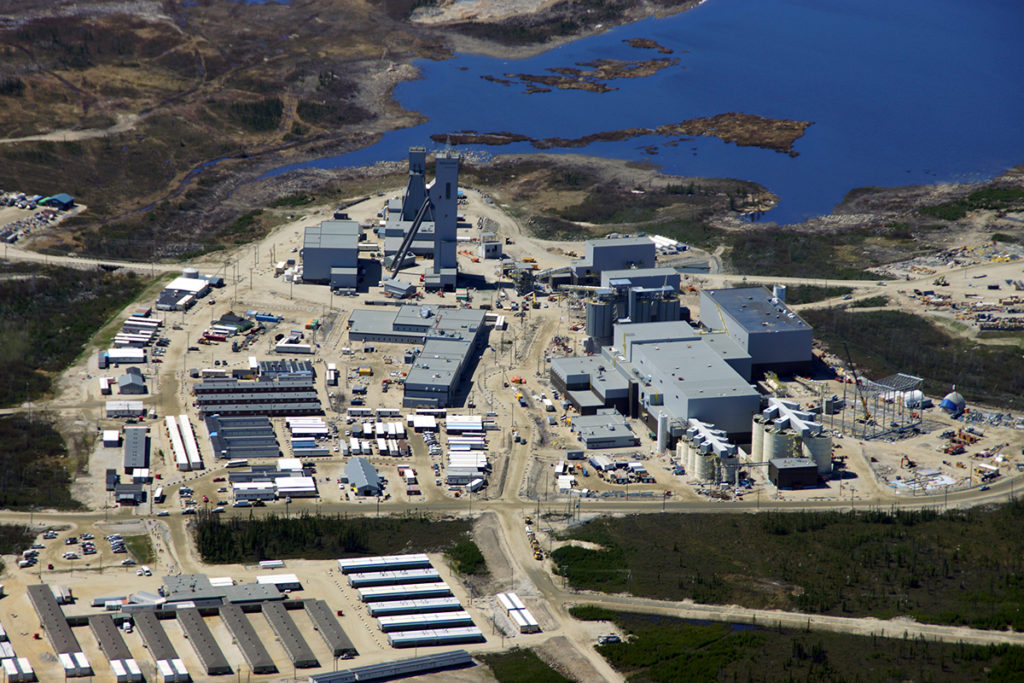Other

A quarter-on-quarter increase in mining jobs in Q2 2025

According to Stats SA’s latest Quarterly Employment Statistics (QES) the mining sector added 2 000 jobs in Q2 on a quarter-on-quarter (q-o-q) basis. Formal employment in the sector at the end of Q2 2025 was 468,000 compared to 466,000 at the end of Q1 2025. The employment increase (q-o-q) is attributable to the chrome, coal, the PGMs, and gold industries adding jobs.
For context, the total non-agriculture employment averaged 10,509,000 in Q2 2025, a decline of 80,000 compared to the previous quarter. Year-on-year (y-o-y), comparing June 2024, and June 2025, there was a drop of 229,000 jobs. Focusing on the y-o-y formal employment performance, five of the eight sectors represented in the QES shed jobs with the community services sector losing 225 000 jobs, followed by manufacturing (-18 000), mining (-6 000), transport (-3 000) and trade (- 1 000).
Employment increases were experienced in electricity (+1 000) and the business (23 000) sectors in the review period (y-o-y).
To understand the dynamics of wage growth and labour productivity, it is essential to examine earnings data. The relevance of this data lies in its ability to reveal trends in wages’ growth and labour productivity. If we compare real gross earnings in mining with labour productivity there was a ‘decoupling’, starting in Q4 2021. Growth in real gross earnings is faster than labour productivity. Mining employees are getting paid more relative to the value they produce. Among others, this is an indication of a highly unionised workforce which can negotiate relatively higher wage increases. There is also an ominous side to it. This mismatch can lead to inflationary pressures, profit margin compression and a reduction in global competitiveness of the South African mining sector.
Evidence of this phenomenon can be seen in the performance of gross operating surplus (a proxy for profits) in the mining sector. Gross operating surplus has not only been volatile, but growth has predominantly been negative post-COVID.
On another note, total economy-wide employee remuneration, viewed from the lens of basic salaries/wages, indicates a q-o-q increase of 2.5% to R902.8 billion in Q2 2025. On a y-o-y basis an increase of 3.6% was recorded in basic salaries/wages. Gross earnings for the total economy, which include bonus and overtime payments, increased by 0.2% (q-o-q) and 3.4% (y-o-y) to record R986.8 billion in Q2 2025. Growth in gross earnings for the mining sector was higher (2.2%, q-o-q) than the rest of the economy. However, growth was lower (y-o-y), at 2.9%, than the rest of the economy. In actual rands, gross earnings in the mining sector amounted to R49.8 billion in Q2 2025 compared to R48.7 billion in Q1 2025. In Q2 2024, gross earnings in the mining sector registered R48.4 billion.
Looking ahead
In the short- to medium term, the South African economy’s ability to retain and sustain jobs will depend on the trade negotiations between the US and our government. The US is South Africa’s second largest trading partner. In the long-term there is need for policymakers in South Africa to address the structural constraints including a predictable and investible operating environment.
Reforms in the network industries are still what we refer to as ‘baseline’ reforms aimed at recouping lost inefficiencies. For example, Eskom has yet to reach the electricity generation levels it achieved in 2019. The same with Transnet. More still needs to be done to attract investment and create additional employment opportunities.












